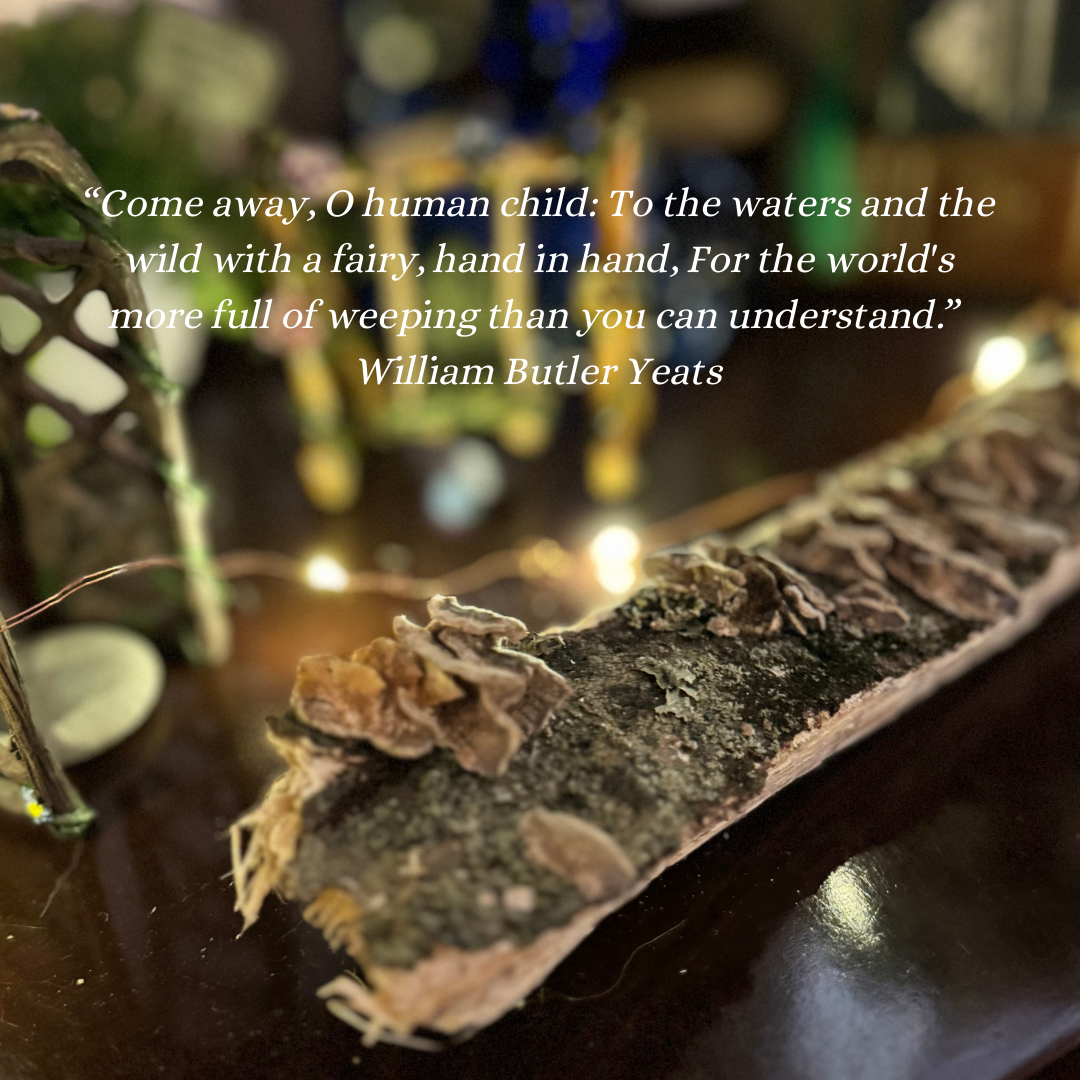|
Bringing flowers into your home is one of the easiest ways to add beauty, color, and texture to an interior space. Flowers can make a statement all their own or complement existing decor, and many have an amazing fragrance that can be a natural room deodorizer. But if you have cats (or other pets) or even small children in your home, you must be selective about which flowers you use and purposeful about where those plants are placed. In some cases, it could mean the difference between life and death! I have two beautiful cats in my home that share a space with my plants, so I’ve embarked on a journey to discover which plants and flowers might be toxic to my fur babies. Today’s blog is part of a series of articles on this subject, where I pick a few of the most popular houseplants and flowers that pose a threat to cats. The focus will be on cats, but this information could pertain to other pets and small children. So here are a few flowering plants you should avoid (or monitor) if you have cats… Amaryllis The entire amaryllis plant is toxic, but the bulb is the most toxic, containing raphide oxalate crystals. The rest of the plant contains phenanthridine alkaloid and lycorine. Symptoms of toxic poisoning from this plant may be breathing problems, drop in blood pressure, vomiting, irritation of the mouth, drooling, pawing at the face, diarrhea, and tremors. It’s best to keep this plant out of the reach of your cats! Azalea The azalea is not typically an indoor plant, but it's worth noting due to its popularity and use in some floral arrangements. Azaleas contain grayanotoxin, which affects the heart and can cause diarrhea and vomiting. The whole plant is toxic to cats, so watch your outdoor cats! Begonia Begonias are one of the most popular potted plants but are not the safest flowering plant for cats. The whole plant is toxic, but the roots contain soluble calcium oxalates, which can cause vomiting, drooling, and kidney failure. This one may be better off as a hanging plant! Carnation Carnations--while not as bad for your cat as some other flowering plants--are still mildly toxic. Signs that your cat has ingested this plant might be upset stomach and dermatitis. So be careful with those flower arrangements! Chrysanthemum Commonly known as mum, this pretty but hazardous plant contains pyrethrins, sesquiterpene, and lactones--toxins found in pesticides and certain flea and tick meds and can be very bad if ingested by your cat. Some toxic symptoms might include drooling, vomiting, diarrhea, and skin issues. Cyclamen This is a whimsical plant with colorful pinwheel petals reaching toward the sky, but make no mistake, Cyclamen is extremely toxic--if not deadly--to your cats! The toxins it contains include Terpenoid saponins, also known as triterpene glycosides. The entire plant, including the tubers, is toxic, and ingesting any part of the plant can cause vomiting, diarrhea, drooling, heart problems, seizures, and possibly death for your cat. Daffodils Also called Narcissus, the whole plant is toxic—flowers, leaves, and especially the bulbs. Daffodils contain lycorine, phenanthridine alkaloids, and calcium oxalate crystals, which even in small quantities can result in diarrhea, stomach upset, vomiting, tremors, drooling, drop in blood pressure, and cardiac issues. Be very careful with this flower around your cats! Hyacinth Like most bulb plants, hyacinths are dangerous for cats. The hyacinth plant contains alkaloids like lycorine and calcium oxalate raphides, which can cause diarrhea, vomiting, dermatitis, and tremors. So, if you receive one of these aromatic flowering plants for Easter or Mother’s Day, it may be best to keep it outside, away from your indoor cats! So, there are a few flowering plants to monitor if you have cats. There are many more, and I’ll add more articles with additional plants as I do more research. Please remember I am NOT a vet, so if you are at all concerned that your cat has ingested part of your plants, please consult a veterinarian immediately. Also, remember to do your own research so you can properly care for your plants while keeping your pets and small children safe. Related blogs you may want to read: 10 non flowering houseplants that are toxic to cats Eight tips for assessing natural light in your home How to repot a bonsai ficus How to repot a pothos plant How to propagate bromeliad pups Small houseplants that love bathroom humidity Eight health benefits of decorating with plants Let’s talk about houseplants Sources:
https://www.hillspet.com/cat-care/routine-care/house-plants-toxic-to-cats?lightboxfired=true# https://www.thespruce.com/houseplants-toxic-to-cats-4775359 https://www.preventivevet.com/cats/common-household-plants-toxic-to-cats https://www.aspca.org/pet-care/animal-poison-control/toxic-and-non-toxic-plants?field_toxicity_value[]=02 https://www.marthastewart.com/8376743/houseplants-toxic-to-cats https://www.farmersalmanac.com/toxic-houseplants-30149 https://pethelpful.com/cats/Houseplants-Poisonous-to-your-Cats https://www.dailypaws.com/cats-kittens/health-care/cat-poisoning-toxins/plants-toxic-to-cats https://pets.webmd.com/ss/slideshow-pets-poisonous-plants https://www.sleepyhollowanimalhospital.com/the-houseplants-that-could-poison-your-cat/
0 Comments
Leave a Reply. |
Author
Some of the posts on this site contain affiliate links. This means if you click on the link and purchase the item, I will receive an affiliate commission. Categories
All
Archives
October 2025
|











 RSS Feed
RSS Feed
